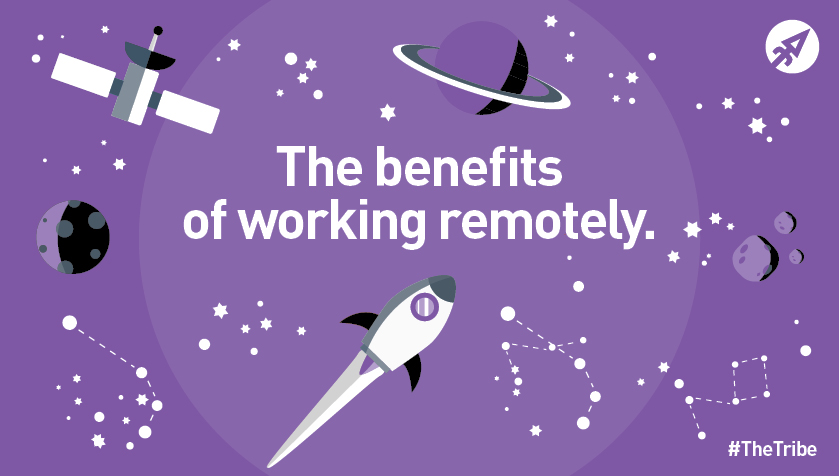Its now generally accepted that Artificial Intelligence (AI) will replace a significant number of current professions, in particular, service-based industries that offer routine and repetitive business solutions.
Fortunately or unfortunately, depending on your individual opinion, this trend looks set to continue as AIs become a more commercially viable option compared to traditional HR-based operations or business divisions.
But when we look at ‘safer’ service-based business categories – creative industries like our own being one of them – we may not feel threatened by this digital evolution (yet) but as part of an overall service industry, we will continue to face a different type of challenge, mainly due to globalisation.
In simple terms, while the value of productivity outputs are measured on a global scale, the cost of our productivity is still way above the global index (in traditional terms). Therefore, business stability is under constant pressure, the operating margins are getting tighter, and, as a result, more and more operations are looking for new ways to adapt their business structure to save money.
For example, in the past decade many large corporations, as well as small business owners, have sought a quick fix to managing productivity costs by engaging ‘cheaper’ white label service providers, many from third world countries. Who can blame them for paying a fraction of the cost and still meeting their HR obligations?
But is it really good idea for the business – and the local economy overall? Personally I don’t think so, as, in my view, this solution:
- only offers a short term financial benefit to the business, but could result in customer dissatisfaction due to a lack of quality standards, especially if the business has positioned itself in the market as a quality service provider. As a result, this change of service structure would effect the brand equity of the business in the marketplace, and – more importantly;
- even if the business becomes one of those rare ‘success stories’, this solution then has a further impact on the overall Western economy (on the macro-environment scale) by switching to an overseas workforce. And ultimately, the core of the problem hasn’t really changed.
When viewed from the workforce perspective, a loss of ‘local’ jobs forces people to adopt a self-employment option to stay commercially viable. And as a natural consequence, typical micro-business operators tend to set up as home-based businesses to avoid commercial rental costs and liabilities associated with it. While this may not be news to anyone, in recent years this digital disruption is also forcing more and more small businesses to become sustainable by operating remotely with a HR network structure.
Cue the term of ‘Remote Enterprise’ becoming a trend.
As an accounting matter, this trend was started by large companies converting some of their business divisions to this module or shutting down less-productive divisions and then partnering with a network of remote enterprises and/or employees. Now this operational trend is becoming a more widely accepted business module for small and medium size enterprises (SMEs) as well.

There are two main positive effects of this module. Firstly, it offers a wide range of lifestyle opportunities to employees by allowing them to choose where they work and how they contribute to the efficiency of the business. With the right HR policies in place, based on remuneration for example, they can choose how many hours they work and when, which generally increases their productivity.
Secondly, the fixed operational costs of running a business – things like office space and related expenses – are lower. From an accounting perspective, it’s traditionally thought that 5-10% of a SME’s revenue should be allocated to office space and related expenses. However, this fixed cost (added with the liability from a lease agreement) impacts even more when the business operates in a smaller sub-economy, where opportunities to increase the productivity levels are limited, such as a regional market like the Sunshine Coast.
In summary, the Remote Enterprise business module, particularly for a service-based business, is one alternative solution to increase business productivity and expand its human capital in an open market, provided other commercial tools are also in place. Ultimately, it requires a different perspective in looking at your Balance Sheet, P&L and management process, to give a leaner CAPEX focus.
At Spearhead Creative, we are currently experimenting with this Remote Enterprise business module. We have introduced new HR policies and a sophisticated digital infrastructure, so our dedicated team can enjoy life on the Sunshine Coast the way it suits them and their clients – without compromising our service quality and speed.
In our case, for example, our surf lover can wake early and start his working day at 7am, our IT experts prefer to work late into the night, and our full-time mum can choose to fit her work around her parenting commitments. Our clients still receive the same level of service – but they have been known to receive responses to specific projects outside of the traditional 9 to 5 business hours. As we are now experiencing it, many of our SME clients do not want to be restricted to only have communication within standard business hours anyway.
Ultimately, if we ever need to suggest this business module to our clients, as part of strategy discussion, we feel comfortable in saying that we have experienced it ourselves first. After all, it’s part of our ethos to help our clients by discovering and mapping out the best path to take.
Dom Ogun
Head of Strategy
